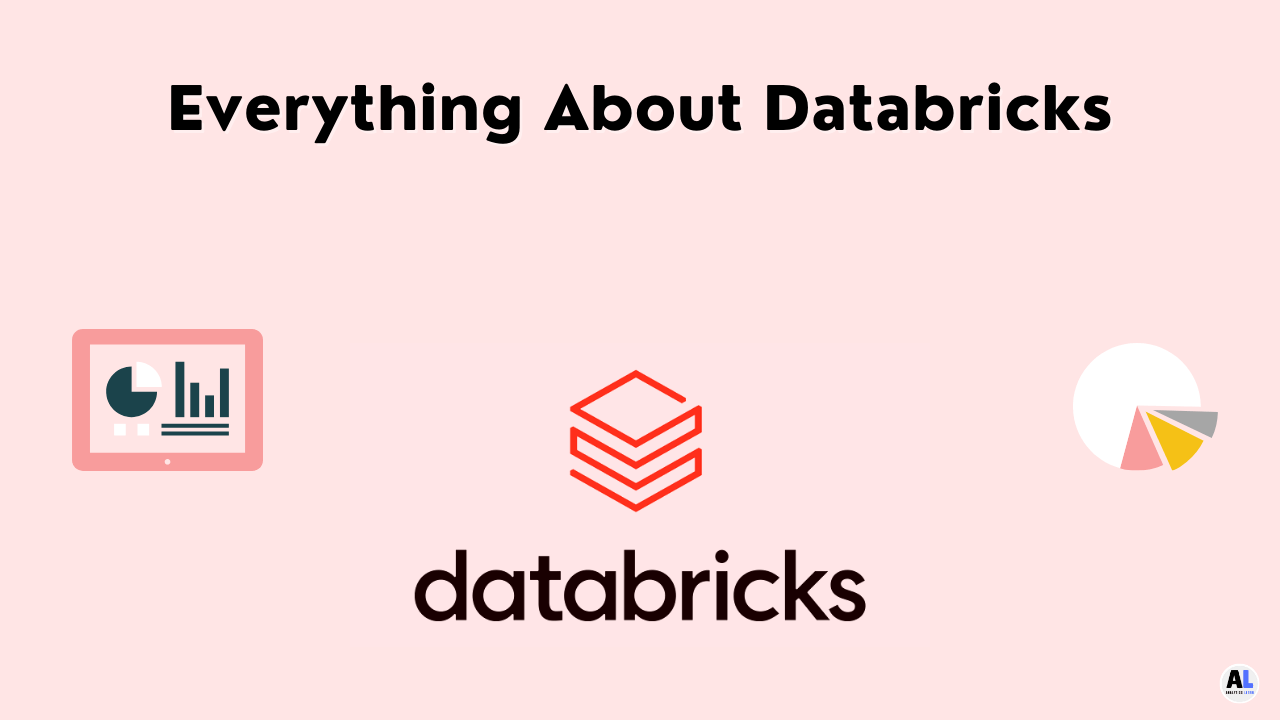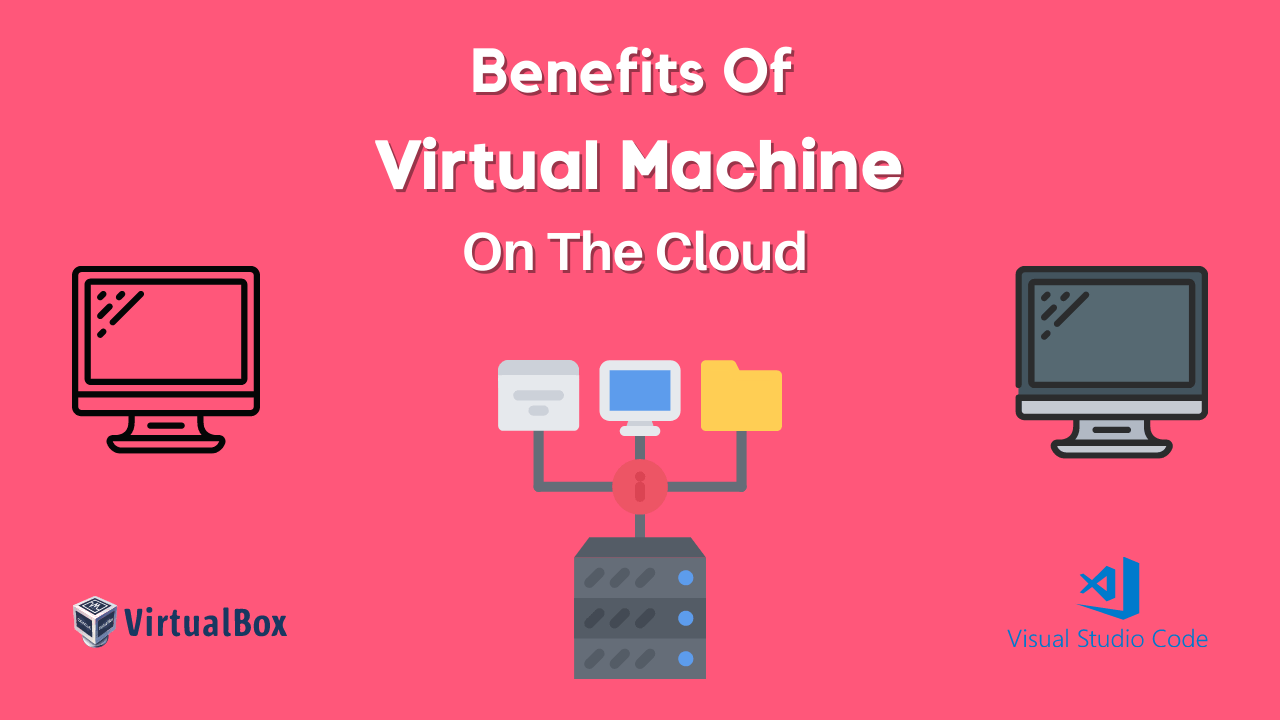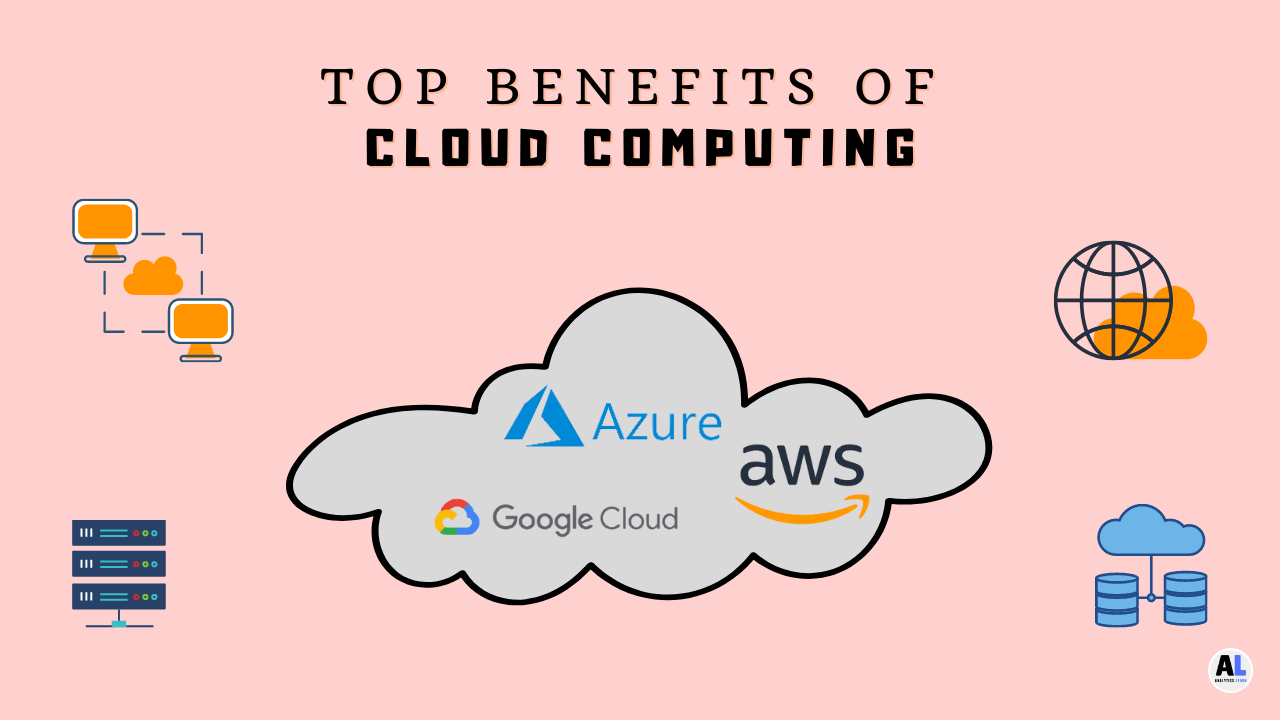In this blog, we will be understanding the way for Securing the Cloud with An In-Depth Exploration of Cloud Security Architecture.
In the dynamic landscape of modern computing, the adoption of cloud services has become ubiquitous, offering unparalleled scalability, flexibility, and cost-effectiveness.
However, this shift towards cloud computing brings forth a myriad of security challenges, necessitating a robust and well-architected security framework.
This comprehensive article delves into the intricate realm of cloud security architecture, exploring the fundamental principles, key components, and best practices to ensure a secure and resilient cloud environment.
Related Article: What is a Cloud Engineer?: Ultimate Guide
What is Cloud Security Architecture?
Cloud Security Architecture refers to the comprehensive design and implementation of security controls and measures within a cloud computing environment.
As organizations increasingly migrate their data, applications, and infrastructure to the cloud, ensuring the security of these assets becomes paramount.
Cloud security architecture aims to address the unique challenges and risks associated with cloud computing while providing a robust and resilient security framework.
Cloud security architecture is a dynamic field that evolves as technology and threat landscapes change.
Cloud security architecture requires a proactive approach to security, continuous monitoring, and adaptation to emerging threats.
Organizations should tailor their cloud security architecture to their specific needs, taking into account the type of data they handle, industry regulations, and the cloud service models they utilize (IaaS, PaaS, or SaaS).
Related Article: What Differentiates PaaS from SaaS?: PaaS Vs SaaS
Key Components in Cloud Security
Key components and considerations in cloud security architecture include:
1. Identity and Access Management (IAM):
IAM is a foundational component of cloud security architecture, governing the authentication and authorization of users and devices.
This includes defining roles, permissions, and policies to ensure that only authorized individuals or systems can interact with specific assets.
Implementing strong IAM controls ensures that only authorized entities can access resources, minimizing the risk of unauthorized access.
2. Data Encryption:
Encryption is crucial for protecting data both in transit and at rest.
Cloud security architecture incorporates robust encryption mechanisms to safeguard sensitive information.
This includes the use of secure protocols for data transmission and encryption keys for data stored in the cloud.
3. Network Security:
Cloud networks must be secured to prevent unauthorized access and potential attacks.
Network security in the cloud involves implementing measures such as firewalls, intrusion detection and prevention systems, and virtual private networks (VPNs).
These controls protect against unauthorized access, mitigate the risk of network-based attacks, and ensure the integrity of data in transit.
4. Security Groups and Virtual Private Clouds (VPC):
Cloud providers offer tools like security groups and VPCs to control the flow of traffic between different components and services.
Security groups define rules for inbound and outbound traffic, while VPCs enable the isolation of resources within dedicated virtual networks.
5. Incident Response and Monitoring:
Cloud security architecture includes robust monitoring and incident response capabilities.
Continuous monitoring helps identify and respond to security threats in real-time, while incident response plans outline the steps to take in the event of a security incident.
6. Compliance and Governance:
Cloud security must align with regulatory requirements and industry standards.
Cloud security architecture should include measures to ensure compliance with relevant regulations and the establishment of governance policies to enforce security best practices.
7. Multi-Factor Authentication (MFA):
Implementing MFA adds an additional layer of security by requiring users to provide multiple forms of identification before gaining access to cloud resources.
This helps prevent unauthorized access even if login credentials are compromised.
8. Security Patching and Updates:
Keeping cloud infrastructure, applications, and services up to date with the latest security patches is essential.
Cloud security architecture should include processes for regular updates and patch management to address vulnerabilities promptly.
9. Disaster Recovery and Business Continuity:
Planning for the unexpected is crucial in cloud security architecture.
Organizations need to implement robust disaster recovery and business continuity plans to ensure data availability and resilience in the face of unforeseen events.
10. Cloud Security Services:
Many cloud providers offer specialized security services that can be integrated into the overall security architecture.
This includes services such as Cloud Access Security Brokers (CASB), DDoS protection, and threat intelligence.
11. Security Automation:
Automation plays a crucial role in cloud security, enabling the rapid deployment of security controls, continuous compliance monitoring, and efficient incident response.
Automation reduces manual errors, enhances scalability, and ensures the consistent enforcement of security policies.
12. Security Monitoring and Logging:
Continuous monitoring and logging are critical for detecting and responding to security incidents.
Cloud security architecture includes tools and processes for real-time monitoring of activities, as well as comprehensive logging to facilitate forensic analysis in the event of a security breach.
Fundamental Principles in Cloud Security Architecture:
There are few Fundamental Principles in Cloud Security Architecture:
1. Shared Responsibility Model:
In cloud computing, the shared responsibility model defines the division of security responsibilities between the cloud service provider (CSP) and the customer.
While the CSP is responsible for the security of the cloud infrastructure, the customer is accountable for securing their data, applications, and access credentials.
2. Zero Trust Security Model:
The zero trust security model operates on the principle of “never trust, always verify.” This paradigm assumes that threats can exist both outside and inside the network.
Therefore, every user and device, regardless of their location, must be continuously authenticated and authorized before accessing resources.
3. Defense in Depth:
The defense-in-depth strategy involves employing multiple layers of security controls to protect against a diverse range of threats.
This includes network security, identity and access management (IAM), encryption, and continuous monitoring.
The goal is to create a resilient security posture that can withstand various attack vectors.
Best Practices for Cloud Security Architecture:
Here are the Best Practices for Cloud Security Architecture in detail which helps to understands the cloud security:
1. Regular Security Audits and Assessments:
- Conducting regular security audits and assessments helps identify vulnerabilities and ensure compliance with security policies.
- This proactive approach allows organizations to address potential risks before they can be exploited.
2. Educating Users:
- User awareness and training are integral components of cloud security.
- Educating users about security best practices, the risks associated with certain behaviors, and the importance of adhering to security policies contributes to a more secure cloud environment.
3. Continuous Security Monitoring:
- Implementing continuous security monitoring allows organizations to detect and respond to security incidents in real time.
- Automated monitoring tools, combined with manual oversight, provide a comprehensive view of the security landscape.
4. Multi-Factor Authentication (MFA):
- Enforcing multi-factor authentication adds an additional layer of security by requiring users to provide multiple forms of identification before accessing resources.
- This significantly reduces the risk of unauthorized access, even if credentials are compromised.
5. Data Classification and Lifecycle Management:
- Classifying data based on sensitivity levels and implementing a robust data lifecycle management strategy ensures that data is handled appropriately from creation to deletion.
- This includes encryption, access controls, and secure data disposal practices.
Cloud Platform for Implementing Cloud Security
Here are the few cloud platform Case Studies for Implementing Cloud Security Architecture:
1. Amazon Web Services (AWS):
AWS, one of the leading cloud service providers, employs a comprehensive security architecture that aligns with industry best practices.
AWS Identity and Access Management (IAM) allows users to define and manage access to AWS services securely.
AWS Key Management Service (KMS) provides centralized key management for encryption.
Additionally, AWS offers a wide range of security tools, including AWS WAF for web application firewall, AWS Shield for DDoS protection, and AWS Inspector for vulnerability assessment.
Related Article: What is a Virtual Private Cloud in AWS?
2. Microsoft Azure:
Microsoft Azure emphasizes a defense-in-depth strategy with a focus on identity, data, networking, and applications.
Azure Active Directory (AD) is central to identity and access management, offering features like Multi-Factor Authentication (MFA) and conditional access policies.
Azure Security Center provides a unified security management system with advanced threat protection and security recommendations.
3. Google Cloud Platform (GCP):
GCP’s security architecture revolves around a shared responsibility model.
Google Cloud Identity and Access Management (IAM) allows fine-grained control over access to resources.
Google Cloud Key Management Service (KMS) manages cryptographic keys for cloud services.
Google Cloud Security Command Center offers centralized visibility into the security status of GCP resources.
Challenges in Cloud Security Architecture
Here are the few Challenges in Cloud Security Architecture:
1. Data Privacy and Compliance:
- Adhering to data privacy regulations and compliance standards poses a challenge, especially when operating in multiple geographical regions with varying legal requirements.
2. Advanced Persistent Threats (APTs):
- APTs represent sophisticated and persistent cyber threats that specifically target organizations.
- Defending against APTs requires continuous monitoring, threat intelligence, and advanced security measures.
3. Cloud-Native Security:
- As organizations embrace cloud-native technologies, securing containerized applications, serverless computing, and microservices architectures becomes imperative.
- Traditional security approaches may need adaptation to effectively address these challenges.
Future Trends in Cloud Security Architecture
There are few Future Trends in Cloud Security Architecture which you should need to know:
1. Zero Trust Architecture Adoption:
- The adoption of zero trust architecture is expected to increase, with organizations shifting towards continuous verification and authentication to enhance security in an evolving threat landscape.
2. Artificial Intelligence (AI) and Machine Learning (ML) Integration:
- The integration of AI and ML into cloud security architectures will play a crucial role in automating threat detection, analyzing vast datasets for anomalies, and enhancing predictive security measures.
3. DevSecOps Integration:
- The integration of security into the DevOps process, known as DevSecOps, will become more prevalent.
- This approach emphasizes collaboration between development, operations, and security teams to embed security practices throughout the software development lifecycle.
Conclusion
In conclusion, cloud security architecture is a multifaceted and ever-evolving discipline that demands a proactive and strategic approach to safeguarding digital assets in the cloud.
By adhering to fundamental principles, leveraging key components such as IAM, encryption, and network security, and implementing best practices, organizations can establish a robust security posture in the cloud.
Case studies from major cloud service providers illustrate real-world implementations of cloud security architecture, showcasing the effectiveness of these principles and practices.
However, the challenges persist, and as technology advances, new threats and complexities emerge.
Organizations must stay abreast of future trends, including the adoption of zero trust architecture, integration of AI and ML, and the evolution of DevSecOps practices.
The journey towards a secure cloud environment requires continuous adaptation, collaboration, and a commitment to the shared responsibility model.
Ultimately, a well-architected and resilient cloud security framework is foundational to harnessing the full benefits of cloud computing while mitigating the inherent risks.
Related Article: What Is Cloud Computing? – Example, Components, Platforms

Meet Nitin, a seasoned professional in the field of data engineering. With a Post Graduation in Data Science and Analytics, Nitin is a key contributor to the healthcare sector, specializing in data analysis, machine learning, AI, blockchain, and various data-related tools and technologies. As the Co-founder and editor of analyticslearn.com, Nitin brings a wealth of knowledge and experience to the realm of analytics. Join us in exploring the exciting intersection of healthcare and data science with Nitin as your guide.










